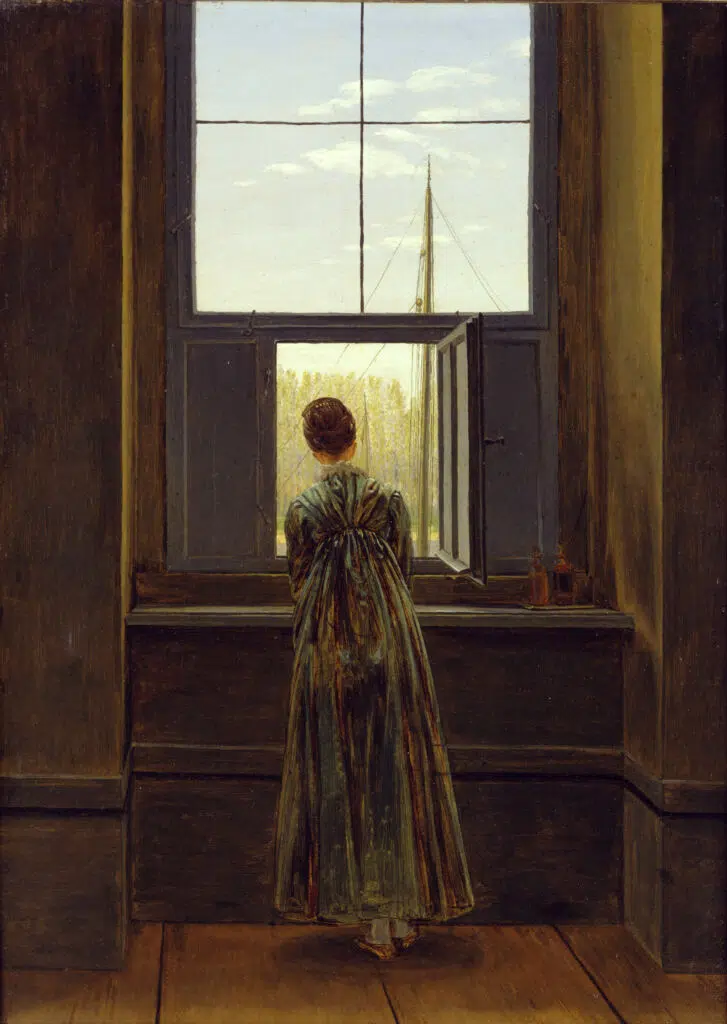“This introduction is meant to call attention […] to one mere aspect alone, namely that in landscape painting, it was Friedrich, with his profound and energetic spirit and his absolute originality, who delved into the tangled mass of the everyday, the prosaic, the stale, and, by crushing it with a dour melancholy temperament, plucked from its midst a new, luminous, poetic way of seeing.”
By no means do we intend to single out his conception of the art of landscape painting as the sole valid one, and even less as the only one worthy of pursuing, but whoever is willing and capable of recalling the formerly imitative, trivial state of this art form will perceive that the emergence of such a new and elementally spiritual direction, as manifest in Friedrich, must necessarily have a stimulating, nay even overwhelming impact on anyone with sensibility of mind.
Friedrich is no longer with us, and had already suffered severe impairment of his mental and creative capacities for a number of years as the result of apoplexy [= a stroke]; only a small number of his pictures were on view at the most recent Dresden Art Exhibition of 1840, in particular one of his very last pictures, which testify to what singularity of disposition and steely resolve he applied to his works, imbuing them with the same deep melancholy and quick-spirited Romanticism of poetry, until the final years of his life.” – Carl Gustav Carus, “Friedrich der Landschaftsmaler,” in Kunstblatt 1840, pp. 363–365.
“in landscape painting, it was Friedrich, who with […] absolute originality delved into the tangled mass of the everyday, the prosaic, the stale, and […] plucked from its midst a new, luminous, poetic way of seeing”, 1840
Weiterlesen
